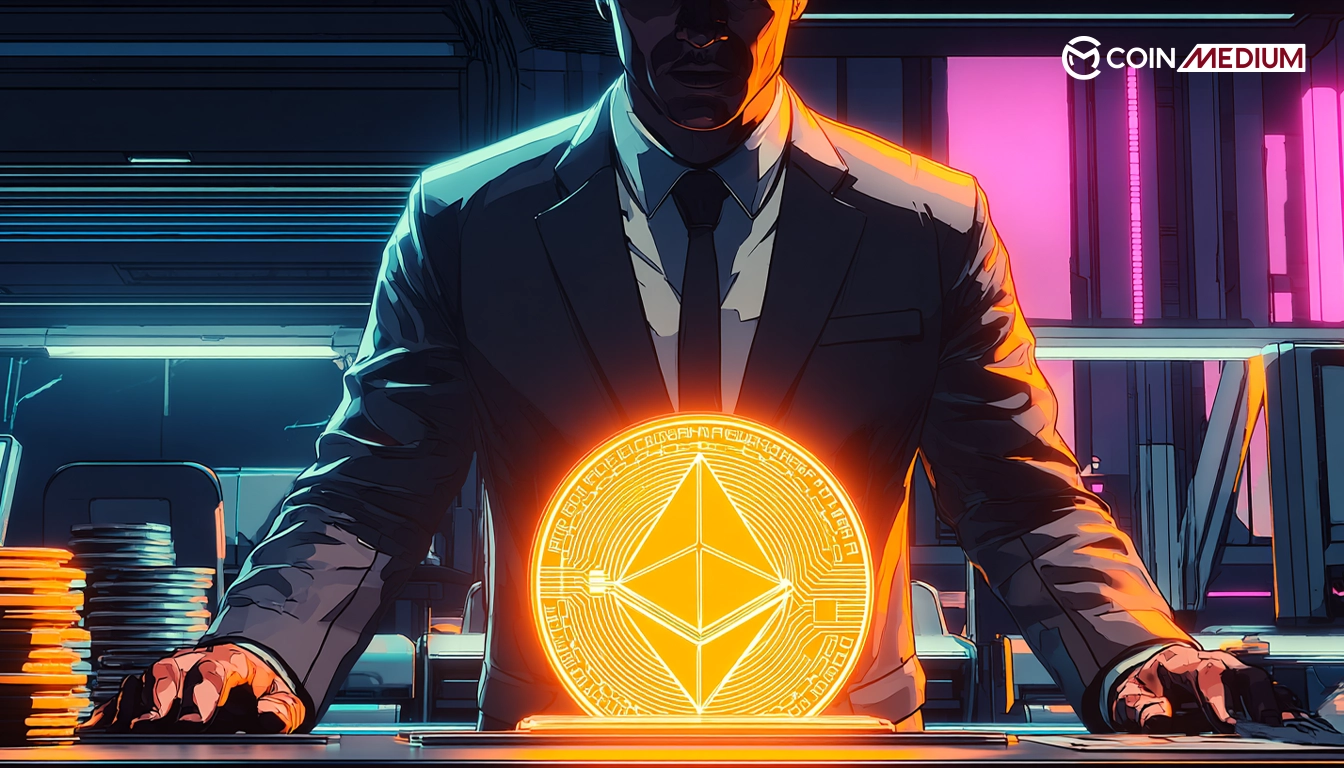Chainlink just earned a major spotlight, this time from the White House. In its newly released Digital Asset Report, the U.S. government officially recognized Chainlink as a critical building block in the future of digital finance.
The report highlights how Chainlink’s decentralized oracles play a vital role in connecting blockchain networks to real-world data, whether it’s market prices, updates, or economic indicators. This connection is what allows smart contracts to function in real time, reacting to actual events rather than just code.
It’s a big moment, especially as decentralized applications (dApps) become more central to modern finance. From trading and lending to earning rewards, dApps depend on reliable, up-to-the-minute data to run smoothly. That’s exactly where Chainlink comes in.
But Chainlink’s value doesn’t stop there. In the fast-evolving world of decentralized finance (DeFi), dApps often act as bridges between blockchains, moving assets across networks using so-called “wrapped tokens.” These are digital assets that exist on one blockchain but are represented on another. It’s a complex system, and it wouldn’t work without trusted oracles to keep everything in sync.
“A Historic Milestone” for Chainlink and the U.S.
Chainlink’s co-founder Sergey Nazarov responded with enthusiasm to the White House’s mention. He called it a historic moment, not just for Chainlink, but for the entire blockchain space and the future of the U.S. financial system.
“I believe the president’s clear prioritization of our industry will be viewed as a historic milestone. Both for blockchain, and for the United States’ role in the global financial system.” Sergey Nazarov said.
He also drew attention to a key highlight in the report: Chainlink’s Cross-Chain Interoperability Protocol (CCIP). The protocol is designed to help smart contracts operate across different blockchains, an essential step toward making decentralized tech truly scalable and global.
For the Chainlink community, the White House’s recognition is more than just a mention, it’s validation. And for the wider crypto world, it may be a sign that decentralized infrastructure is no longer just a fringe innovation, but a pillar of tomorrow’s financial system.



